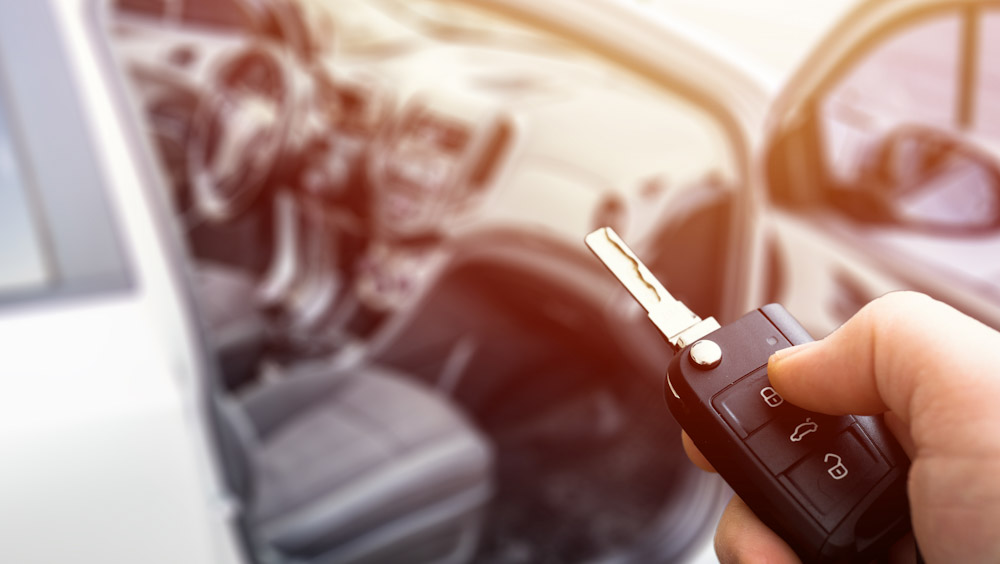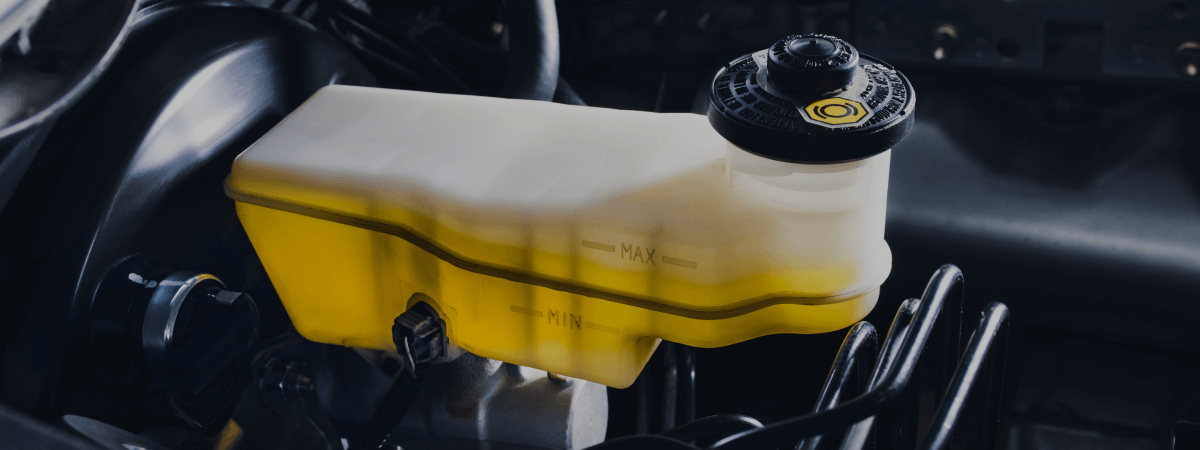
Owning a car is a great privilege. They are the mechanisms that keep the family moving ahead, in every sense of the word. But for as incredible as cars are﹘no matter how diverse the amenities, how smart the disparate systems, how comprehensive the internet-of-things﹘they are also commonplace. Chalk it up to the advanced age in which we live, but even the newest cars will always start out as a novelty and end up as nothing more than a tool, complex though it may be.
This normalization of cars, as things we see and ride in every day, can sometimes be the very reason why people who have owned a vehicle for most of their lives will still make mistakes while operating and maintaining it. These mistakes are not limited to simply neglecting one aspect or another of auto care (though that still very much happens). Instead, these mistakes are sometimes harder to spot. Let’s go through a few of them.
Treating Your Car Right
Just like a parent may tell a child to roll the cookie dough into even-sized balls but not to touch the hot stove, there are dos and don’ts in everything, and that includes car ownership. All of these tips are easy to do but must become a habit if they are to remain relevant to your car’s longevity.
The Dos
- Do let your car’s engine warm-up: During cold winter months, it’s not uncommon to let the engine run for a bit so that the heater has a chance to kick in. There is another reason why the engine should be given a chance to run for a while before taking off down the road, regardless of what season it is or what the weather is like outside. By giving the engine a chance to warm up, you are allowing essential fluids like oil to move through the car and prepare the car to leave. If this process isn’t allowed to happen, parts within the engine could wear down and break over time.
- Do pick the right fuel for your vehicle: It may seem reductive to say, but there is a difference between the types of fuel offered at the gas station﹘the most obvious being that of diesel fuel and regular gasoline. Diesel, for instance, won’t work if it’s not put into a compression-ignition system which causes extreme temperatures to combust the fuel as it is pressed down by the pistons. By filling the wrong gas into the car, not only will the car work poorly (if it starts at all), but it is expensive to drain the gas and clean the tank.
- Do get a tune-up regularly: Did you know that most experts agree that it’s best to take your car in for a tune-up every 10,000-12,000 miles? This is a great time to check for brake repair needs, fluid levels, and tire pressure. Stopping by a mechanic often will mean that the car won’t stop unexpectedly in the future.
The Don’ts
- Don’t ignore your dashboard’s warning lights: This is an all-too-common occurrence, especially among younger drivers. The dashboard’s indicator lights indicate important reminders﹘like when it’s time to refill the gas tank﹘and unexpected problems﹘like when the battery dies. No matter what the light is, it is best to act on it as soon as it turns on.
- Don’t forget to adhere to the dates on mechanics’ windshield stickers: The windshield stickers up by the driver’s head are full of important information, including the date of the last oil change servicing or the mileage for the next tire rebalancing. These stickers can become so commonplace that they “become invisible” to the driver who sees them every day. Remember to check on them periodically so that you know when it’s time to bring the car in for another tune-up.
- Don’t overload the car: Many cars have a high rollover risk (a warning will likely be printed on the driver’s side sun visor), and by loading the car with too much on the roof the vehicle could become more susceptible to tipping over. This is especially true if turns are taken at high speeds. Being mindful of the “feel” of the car is imperative to getting to your destination safely, and if you hang too much off the tailgate or load too much gear on the top, there’s a chance you won’t recognize the way your car handles anymore.
Related Posts
Key Takeaways On average, passenger vehicle tires last 40,000 to 60,000 miles, depending on type, driving habits, and maintenance. Replace tires when tread depth reaches 2/32”, if damaged, or older than 10 years. Regular rotation, alignment, and proper inflation extend tire life. Aggressive driving, poor roads, and harsh weather shorten tire lifespan. Take advantage [...]
When you think about car maintenance, you probably focus on oil changes, tire rotations, and maybe even brake pad replacement. But what about your brake fluid? If you’ve ever wondered, “What does brake fluid do?” or “Why is brake fluid important?”, you’re not alone. Brake fluid might not be the most talked-about part of [...]
Is that high-pitched squeal from your brakes driving you—and everyone else—crazy? Don’t ignore it. Squeaky brakes aren’t just annoying, they’re your car’s way of saying something needs attention. Whether you're cruising through Salt Lake City or winding up Idaho’s mountain passes, here’s what’s likely going on, how you can fix it, and when it [...]





